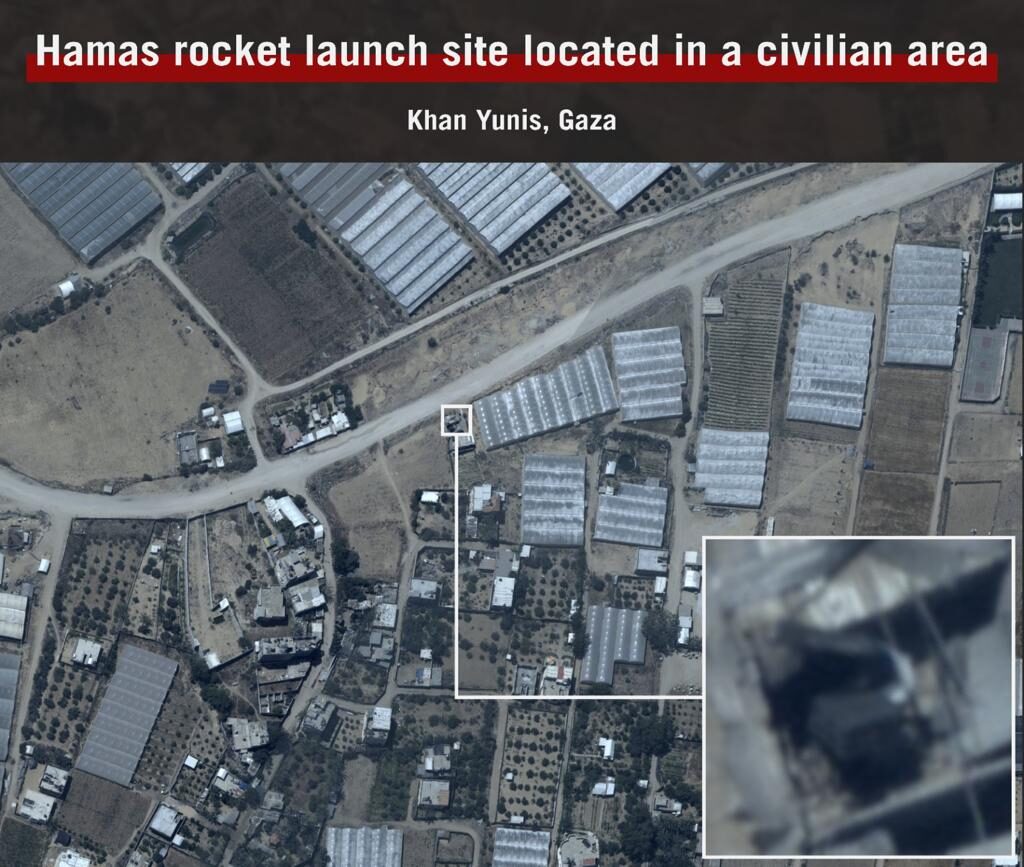By ARIE EGOZI

TEL AVIV: For the first time, the Israeli Defense Force is using multi-domain operations in the strike against Hamas in Gaza.
The air, infantry, armor, artillery and naval forces are finding, fixing and destroying targets in Gaza according to “who has the best shot,” an Israeli defense source here says.
Key to this is deployment of the “Ghost” unit, created about a year ago as part of the multi-year program known as Tnufa (Swing). The unit is the main pillar of the new multi-domain strategy.
The IDF’s new multidimensional unit is based very generally on the idea of the U.S military concept of Revolution in Military Affairs (RMA), that was developed years ago to lay the basis for the change in the US Army. The similarities to the American All Domain Operations are obvious.
Described by Israelis sources as a “battalion with the capabilities of a division,” it is equipped with highly sophisticated weapon systems that are capable of performing ground, air and sea operations without the need to ask other military echelons for assets or even to coordinate.
“This unit is capable of producing very accurate fire power based on intelligence generated by tools that have never been in the tool box of any unit in the IDF,” an Israeli source said.
For example, the massive attack on the Hamas web of tunnels in which 160 Israeli aircraft took part involved close cooperation between the air force and “many other forces,” the defense source says. In addition to the multi-domain approach to finding and fixing targets, the air force used “special weapons” to destroy the massive web of tunnels dug in Gaza in recent years.
All the other Israeli attacks on the launchers of Hamas rockets were also based on almost real time “detect and shoot” sequences that were the products of the multi domain strategy, the defense source says.
The ongoing operations against the Hamas proved that command and control systems and data transfer could be combined between fighter pilots, intelligence ground forces and naval units, in a way that would detect terrorists and a rapid and accurate attack on an unprecedented scale.
The current fighting took real time intelligence from IDF and other Israel intelligence organization sensors, and that enabled to kill some of the Hamas leaders in spite of the fact that they travelled from one location to the other.
The multi-dimensional capabilities enabled the IDF to hit moving targets while they were exposed. One was an underwater unmanned “submarine” loaded with explosives that was hit seconds before it was put into the waters of the Mediterranean.
The IDF adopted the multi-domain strategy last year, to be more effective in the War Between Wars, as well as in major battles. The main pillar of the new strategy is closing the sensor to shooter cycle as fast as possible and then attacking the target with massive fire to end fighting in a short time.
Last year, Lt. Gen. Aviv Kochavi, chief of Staff of the IDF, and members of the General Staff Forum watched a training session of the 98 Ghost Unit, which was established with the aim of formulating a new concept for shortening the time span from target detection to hit, with inter-arm cooperation and use of advanced technologies. The training was conducted under the command of the unit’s commander, Lt. Col. E., and was led by the Fire Formation Division.
No comments:
Post a Comment